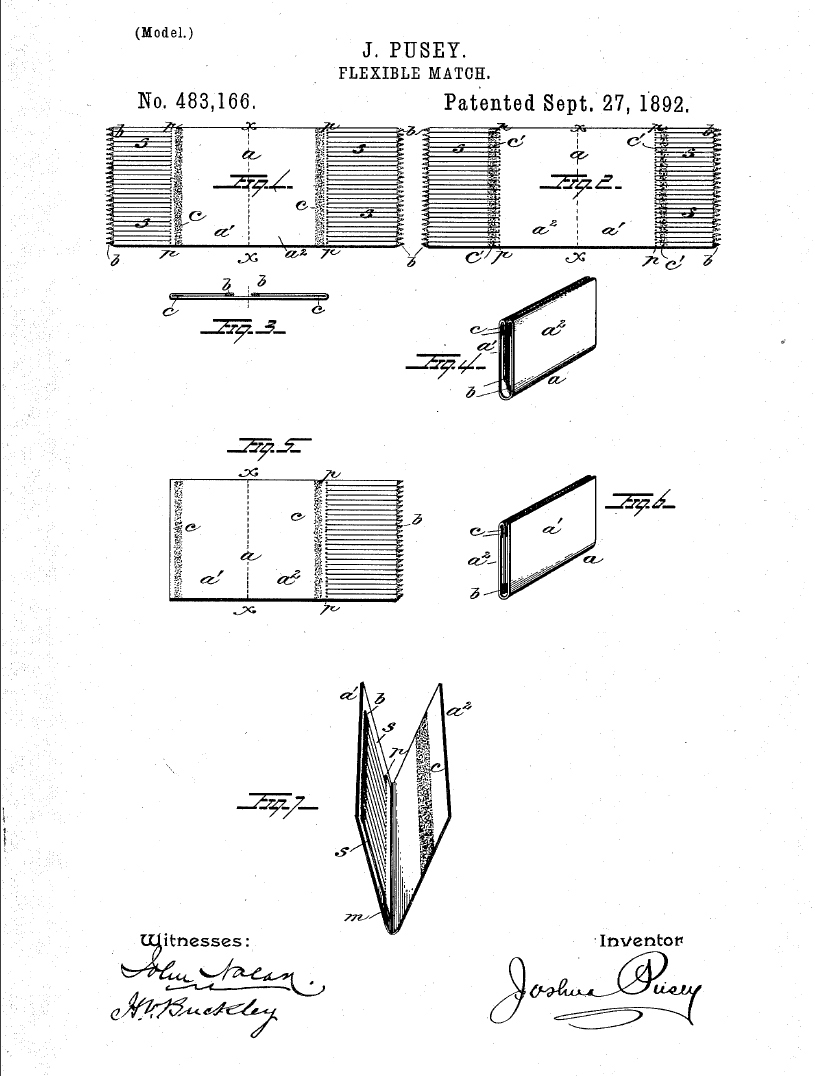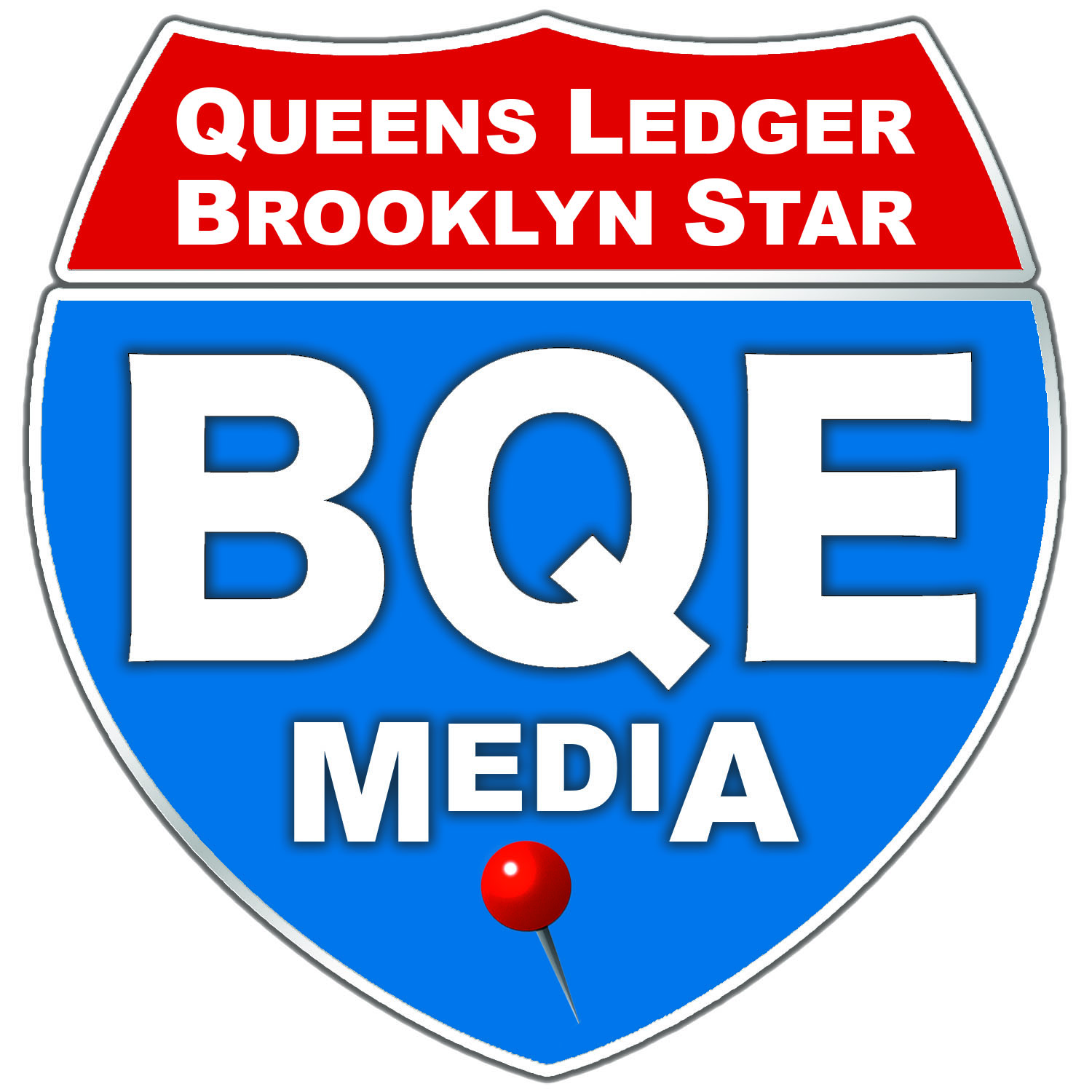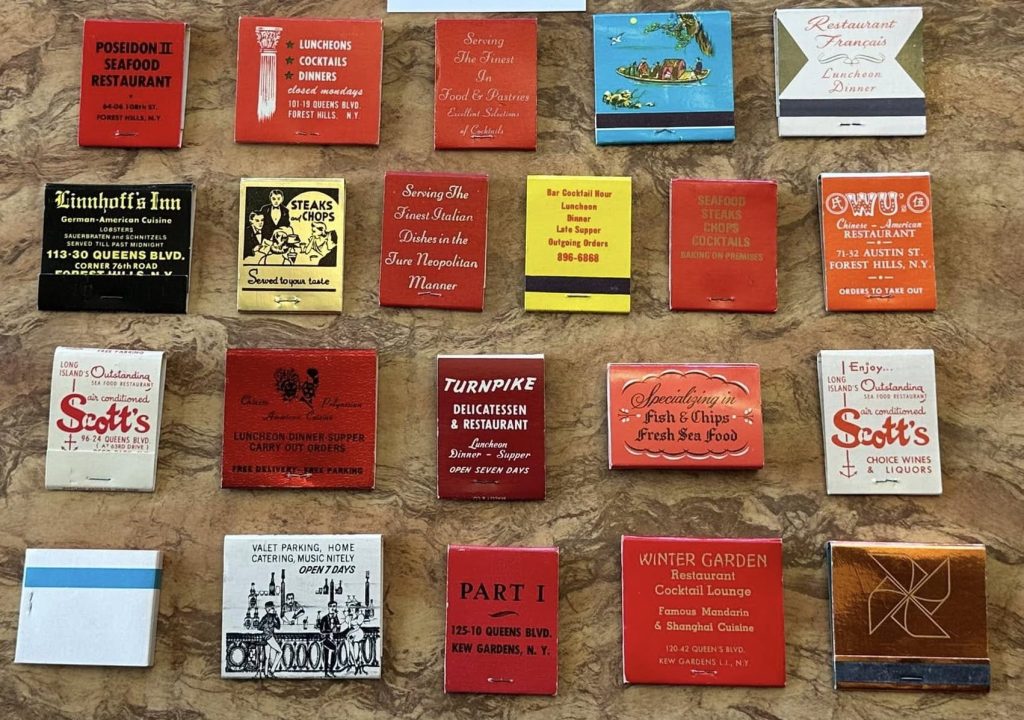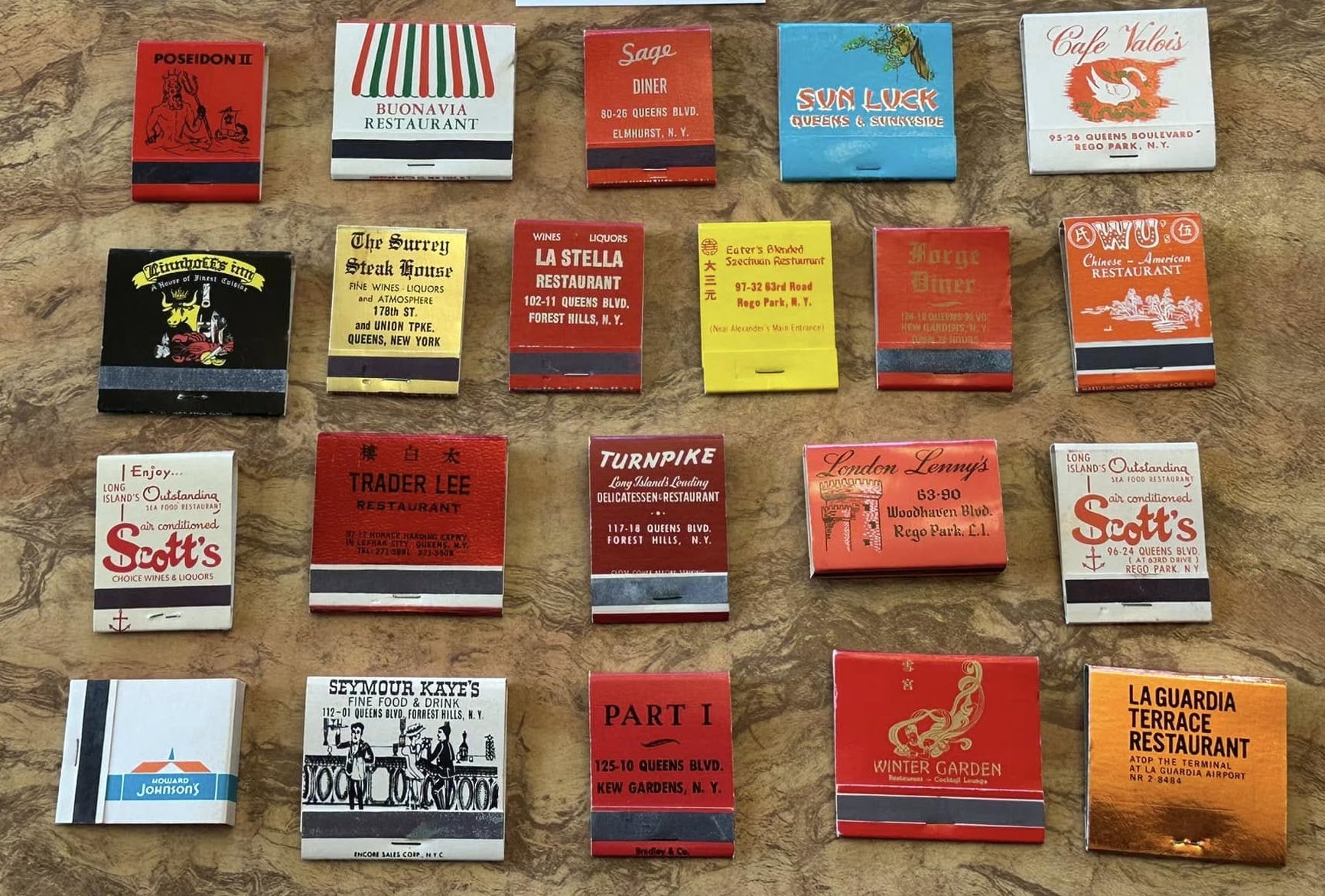
Beyond The Cover: The Art of Phillumeny
By Michael Perlman
Largely gone are the days where matchbooks were readily available alongside a cash register. If you have an old matchbook or matchcover cover sitting around and collecting dust, chances are that it offers value in the name of history, advertising, culture, and art.
Among the most popular forms of ephemera to collect consist of matchcovers, postcards, stamps, and photographs. Matchcovers, matchbooks, matchboxes, and matchbox labels lend themselves to a unique hobby known as phillumeny. If the matches are intact, their desirability often increases for a phillumenist.
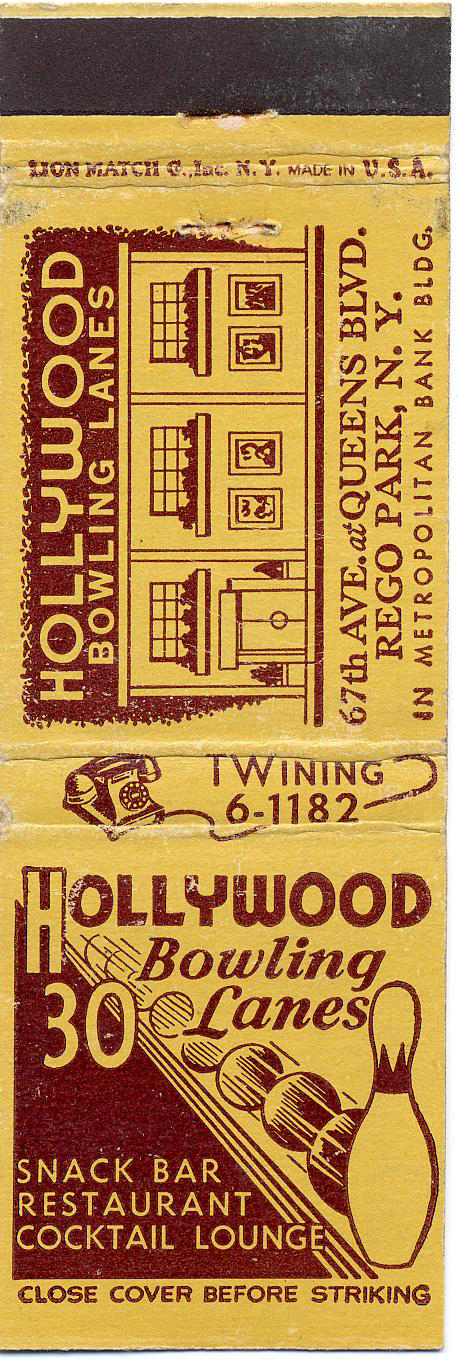
A Philadelphia lawyer named Joshua Pusey (1842 – 1906), also known as “Ol’ Josh,” is recognized as the “Flexible Match” inventor in 1892, and is the first credited matchbook inventor. He had a wife and five children. The initial patent was obtained on September 26 of that year. As of 1895, Diamond Match Company purchased the rights for $5,000, and it would become the largest manufacturer of the industry. Large-scale production originated circa 1895 or 1896. From the first factory in Barberton, Ohio, an estimated 150,000 matchbook covers were produced daily. In 1955, it was estimated that 12.5 billion were distributed yearly, and America is the only country where they were offered complimentary. In 1945, it was estimated that the annual production was 200 billion matches, but two percent was sold to the public, and the remainder was subject to free distribution.
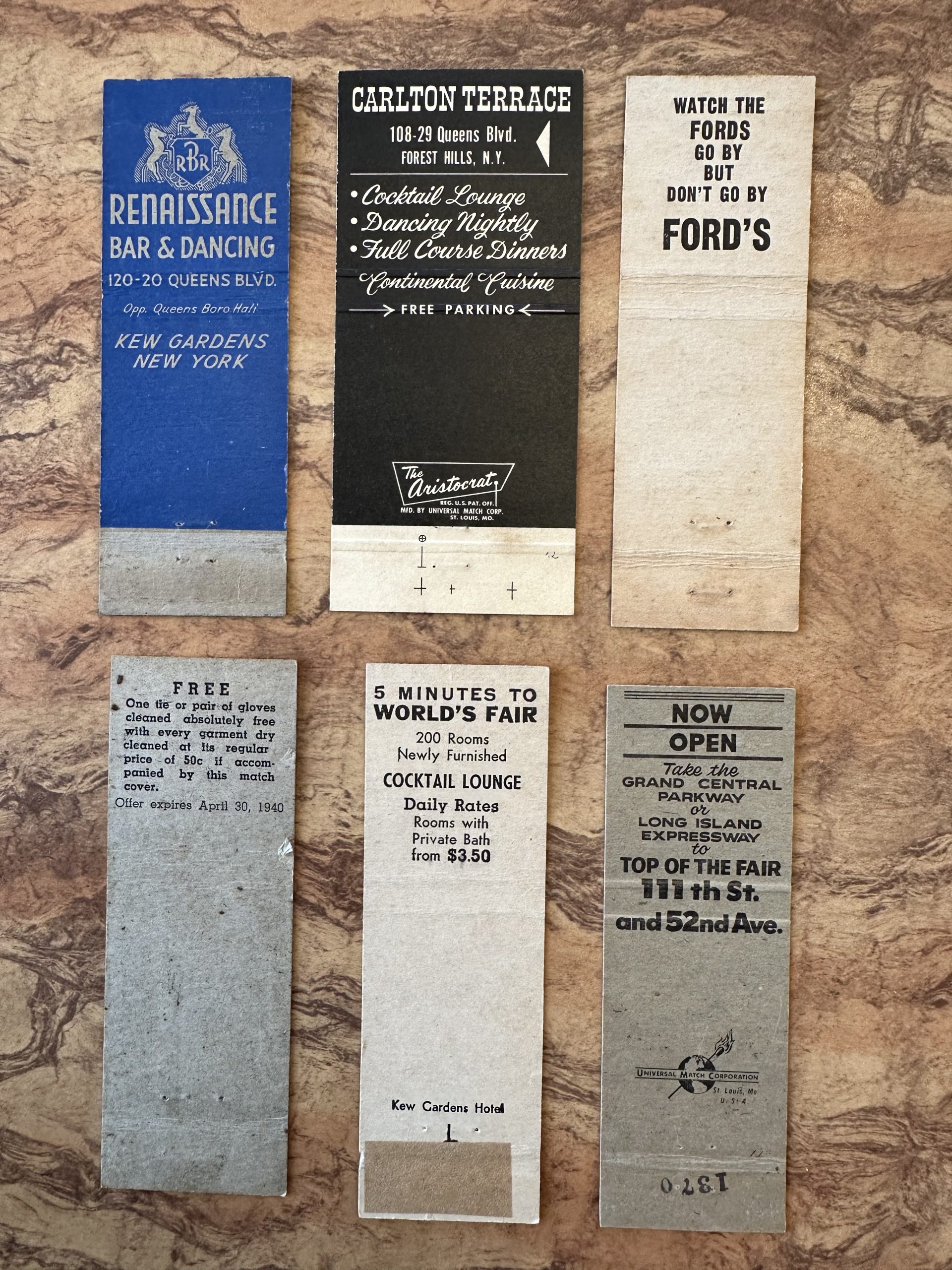
Matchcovers would advertise a wide range of subjects, consisting of hometown and city shops and restaurants, hotels, recreation centers, factories, movie stars, opera troupes, colleges, airlines, sports, the military, politics, conveniences and inventions, and significant events such as the 1939 – 1940 World’s Fair and 1964 – 1965 World’s Fair. The golden age of matchbooks spans the 1920s to the 1950s, with a range of sizes, colors, unique artwork, and slogans. However, in the mid-1980s, the matchbook market folded as a result of anti-smoking campaigns, the efficiency of lighters, international competition, and steep labor costs.
Forest Hills was named in 1906, whereas Rego Park became official in 1923. As a matchbook collector, local matchbooks that survive from these communities seem countless, and are often associated with shops, restaurants, and recreation and entertainment venues. A majority of businesses are no longer in existence, but matchbooks play a role in establishing a timeline of how properties and businesses evolved, and how valued products were served to communities that underwent growth and changed demographically.
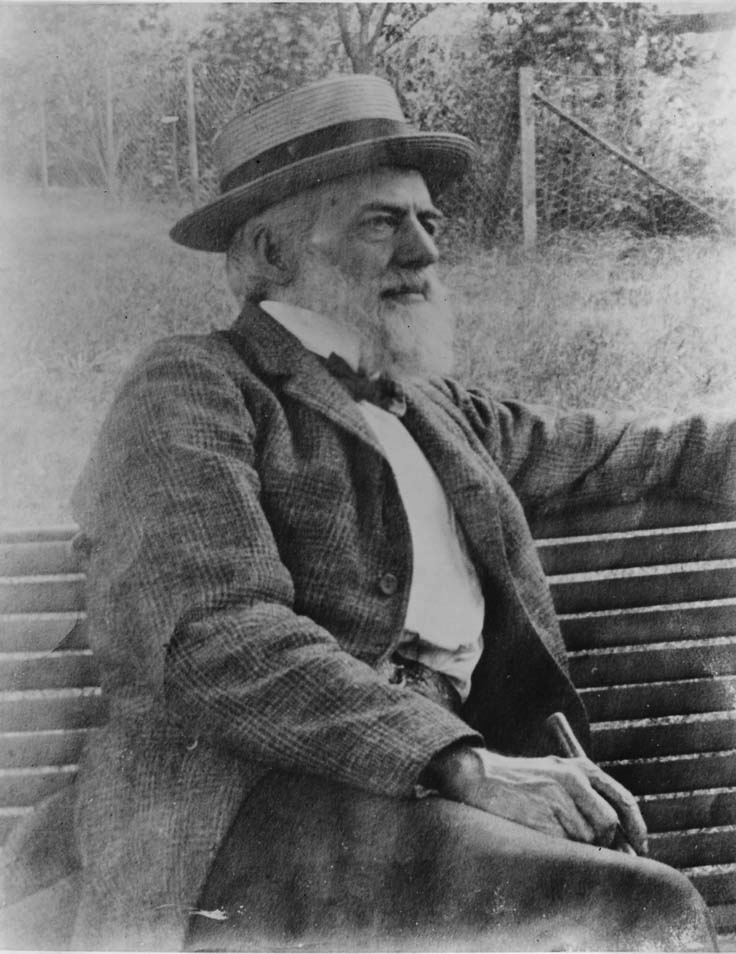
The name of the manufacturers is nearly always printed on the front of matchbook covers under the strike. The manufacturers were often based in major cities. Among the dominant players were Lion Match Corp. of America – NYC, Federal Match Corp. in New York, Maryland Match in Baltimore, Maryland, Universal Match Corp. of New York, Match Corp. of America – Chicago, Superior Match Co. in Chicago, Diamond Match Division in Springfield, Massachusetts, and Mercury Match Corp. in Zanesville, Ohio.
Communities consolidated in a unique manner to celebrate and honor matchbooks through a competition. Great art and advertising merited an award. “The State Bank of Albany is the first Albany firm to submit an entry in the match industry’s awards competition for the ‘match book of the year’ plaque, according to the Match Industry Information Bureau. The match industry is offering a ‘Joshua Plaque,’ named after match book inventor Joshua Pusey, for the best match book in each of 46 industries,” read a July 12, 1955 excerpt in the Times-Union in Albany. A year prior, Tobin Packing Company won honorable mention for matchbooks submitted in the food industry. It was estimated that 300,000 cover designs were issued annually. The Joshua was a bronze wall plaque in the shape of none other than a matchbook.
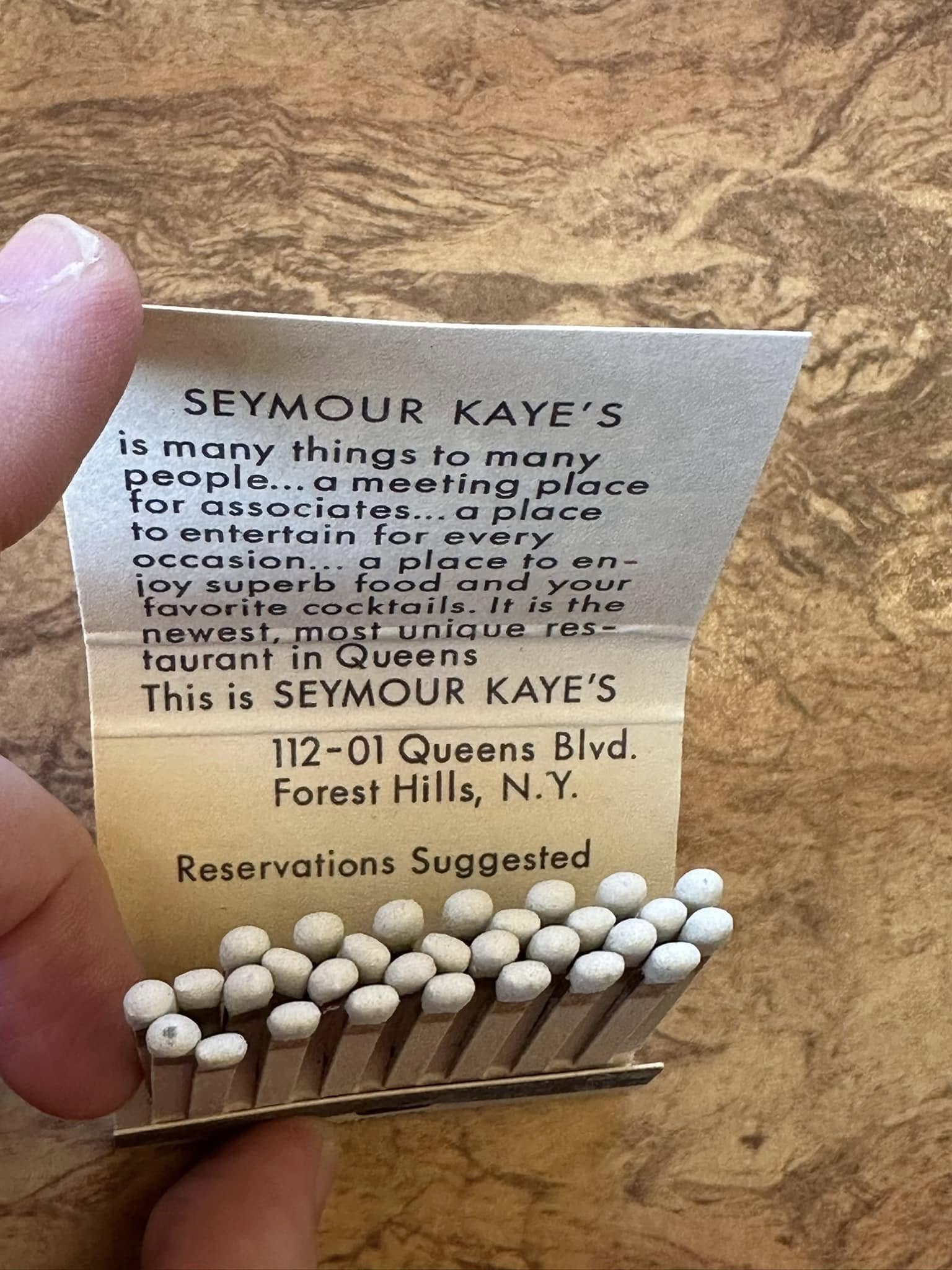
Another award was named “Henry” and offered by the collectors’ organization for a collector that was considered the epitome for the hobby throughout the year. The award was named after pioneer matchbook collector Henry Rathkamp. There was even a matchbook for such occasions. A colorful illustrated cover read, “Welcome Matchcover Collectors. Rathkamp Matchcover Annual Convention, September 8 – 11, 1955. Hotel Alexandria, Los Angeles, California.” A slogan read, “Well Stacked H-Ain’t It?”
On October 2, 1952, Millbrook Round Table reported that the Silver Horn restaurant was the “Joshua” recipient on September 26, signifying the 60th anniversary of his patent, and as a symbolic first prize for “the most distinguished use of a match book advertising by a restaurant during the last year.” It read, “The front of the cover features a hunting scene, with a mounted huntsman sounding his horn, and the fox hound pack in the background. On the back, the cover shows a Rally Farms Black Angus baby beef animal, source of the restaurant’s steaks. The inside of the cover is used for a map showing how to reach the restaurant on rotes 44 and 82.”

New York resident Henry C. Traute (Circa 1866 – 1945) was another revolutionary figure of the industry. For half a century, he was the face behind the Diamond Match Company, which purchased the patent for book matches from Pusey. Traute’s assignment was to popularize this new product, but he encountered challenges when it came to convincing advertisers that it would be beneficial. Initially, striking surfaces were near the match heads, which posed a major risk. Additionally, they had nearly 50 matches each and were bulky, so Traute perfected the technology by reassigning the striking surfaces externally, sponsored the slogan “Close cover before striking,” and reduced the quantity of matches to 20. His office was located at Grand Central Palace in Manhattan.
Charles M. Bowman (1847 – 1930) of Lebanon, Pennsylvania, also seldom receives credit for his innovative spirit. “Charles M. Bowman, the genial and versatile editor and proprietor of the Daily Times, who is a mechanical as well as a journalistic genius, received notice Wednesday from his attorneys at Washington that he has been granted a patent for mouse proof match, which he applied for in February 3, 1900,” read the Lebanon Daily News on August 21, 1902. “That his invention is valuable is evidenced by the fact that he has assigned it to the Diamond match company, which controls the match market of the world.”
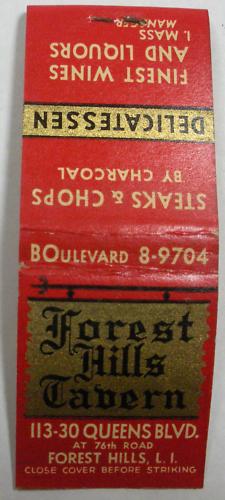
There is a longtime debate on who invented the stylistically modern matchbook. “Ironically, the April 1946 issue of the Diamond Good Fellowship Bulletin shows a photograph of one of Bowman’s matchbooks and refers to it as ‘an early challenger to the Pusey patent,’ but the patent records show that Bowman’s was the first true matchbook as we know them,” read the Rathkamp Matchcover Society’s March/April 2006 edition of the RMS Bulletin.
On May 9, 1892, Bowman filed the “Match,” and on September 14, 1892, filed the “Method of and Device for Making Matches,” according to the Official Gazette of the United States Patent Office, Volume 62, published on February 7, 1893.
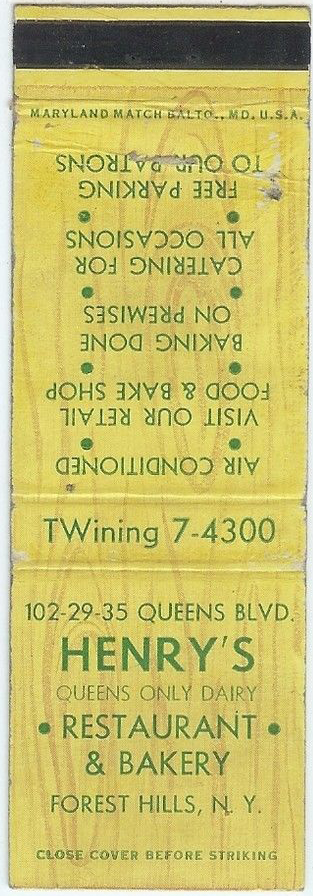
Journalist Joshua Groh of the LebTown publication largely brought Bowman into the spotlight in November 2019. He wrote, “Pusey got wind of the rival inventor, who lived only two hours away. It all came to a head in June of 1893, when Pusey challenged Bowman’s patent. Bowman was by now in business with his company, the American Safety Head Match Company, which had begun operation at the start of the year. Pusey, despite being a patent lawyer himself, failed to overturn Bowman’s design, and it was upheld in a decision in March of 1894. It was a short-lived victory for Bowman, for the American Safety Head Match Company burnt out only three years later.”
Collecting paves the road for an intriguing journey with surprises at each turn. Occasionally, a collection is donated with the intent of preservation and education. As a result of a preservation post on Facebook, this columnist was honored to receive a vintage local matchbooks contribution in March from Steve L, a Port Saint Lucie, Florida resident. From 1969 to 1976, he resided in the historic Sterling Apartments on Saunders Street in Rego Park, near the massive quantity of REal GOod Construction Company’s single-family homes. At the time, he attended Forest Hills High School and Queens College, and worked part-time as a cook in Chicken Delight on 63rd Drive.
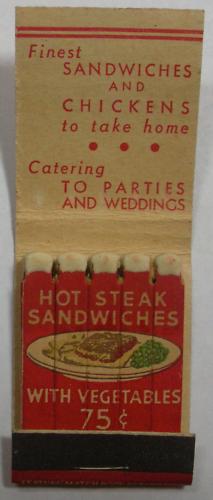
Sometimes matchbooks travel around the world. “The matchbooks I sent belonged to my mother. She was a collector for nostalgic purposes and since she was a smoker. Mom used to keep all of them in a huge glass ornate jar in the living room at The Sterling Apartments,” said Steve L, who embraces preserving a lost and passing the torch. The matchbooks eventually made their way to Florida and back to New York. “For some, collecting is a form of commemoration of past memories. Seeing a matchbook cover can bring back a memory of a special dinner at a restaurant, such as a first date or birthday celebration,” he continued.
Steve L. shared his thoughts about matchbooks’ artistic beauty. “Some covers are plain and simple, whereas some establishments invested in a unique design, whether it is a box or non-standard size.”
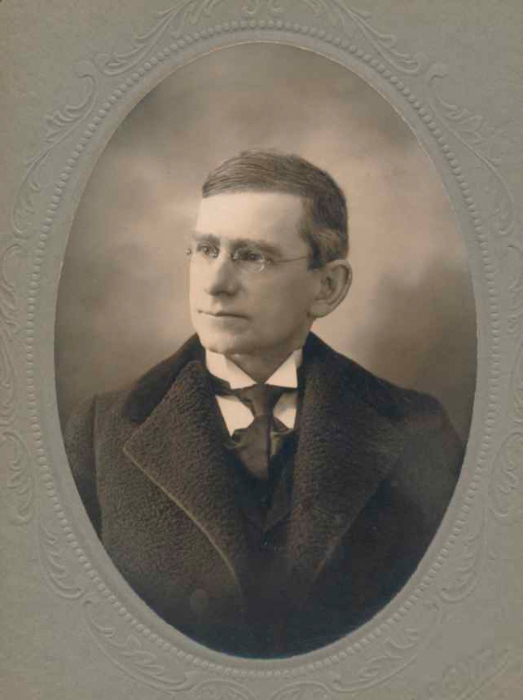
Looking at the matchcovers resurrected various stories. He explained, “La Stella was our go-to Italian restaurant until Buonavia opened. A family-owned business, this was Felix and his wife Lidia Bastianich’s first restaurant in Forest Hills. Felix worked the kitchen, and Lidia the front of the house. While there was usually a wait for a table, Lidia would hand out appetizers to those waiting in the bar area. With its success, they later opened a second restaurant, Villa Secondo in Fresh Meadows. Lidia and her son Joe are known today as world-famous multi-restaurant owners and authors.”
He continued to reminisce. “Howard Johnson’s was a very large (Georgian Colonial) building across Queens Boulevard from where I lived. They served good fried clams and many flavors of ice cream. Clearly this was before Baskin Robbins opened near 63rd Drive with their 31 flavors.”
